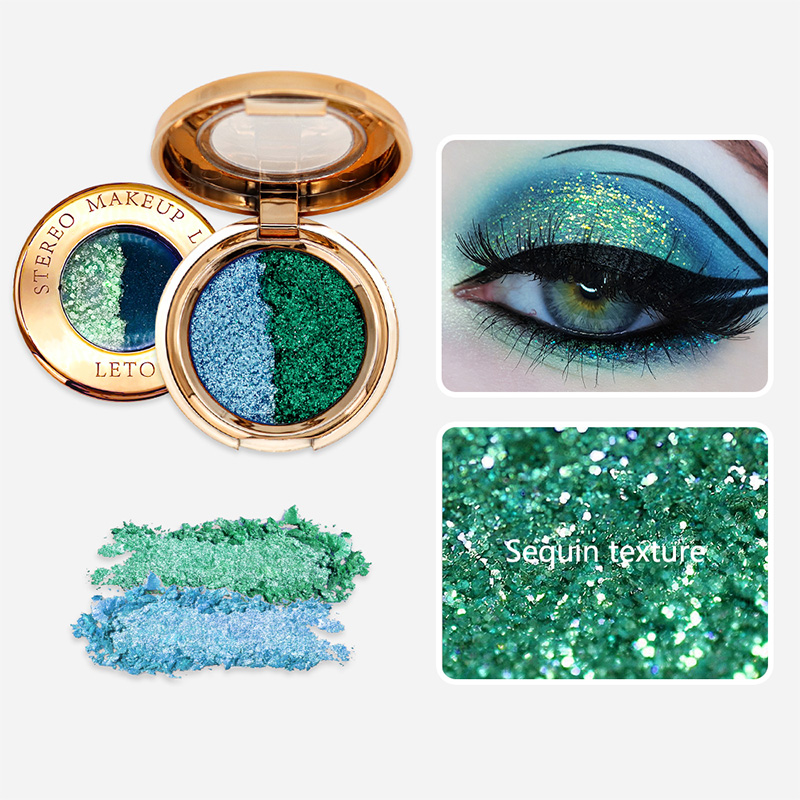Jan 02, 2025
In the cosmetics industry, ensuring consistency in bulk production is essential for maintaining product quality and meeting customer expectations. This is especially true for beauty products such as lip balms, makeup cosmetics, and lip stain products, where even slight variations can advance to unsatisfactory results for consumers. Achieving consistency involves several key practices, from careful ingredient sourcing to precise manufacturing processes and quality control measures.

1. Sourcing Quality Ingredients
Consistency in bulk production starts with the ingredients used. For products like beauty lip balms, makeup cosmetics, and lip stain products, selecting high-quality raw materials is crucial. Different suppliers may offer slightly different formulations, so it’s important to establish reliable, consistent sources for each ingredient. This helps maintain the color, texture, and effectiveness of the product, ensuring that each batch performs the same way.
For instance, in lip balm production, the right balance of moisturizing agents such as shea butter, beeswax, and oils must be maintained to ensure that each unit delivers the same feel and hydration to the lips. Similarly, in beauty makeup cosmetics and lip stain products, the pigments, binders, and other additives must be mixed in the same proportions to achieve uniform colors and long-lasting wear.
2. Standardizing Formulations
Once the raw materials are selected, standardizing the formulation for each product is critical. A well-documented formulation ensures that the same quantities of ingredients are used in every batch. This means creating a detailed recipe for the product that includes the exact weights and measures of each ingredient, the order of mixing, and the temperature conditions for manufacturing.
In the case of beauty lip balms, a change in ingredient proportions, such as too much wax or oil, could result in a product that is too stiff or greasy. For beauty makeup cosmetics and lip stain products, slight variations in pigment distribution or binder ratio can affect the texture, pigmentation, or overall product performance. Therefore, a standardized formulation prevents these inconsistencies from occurring and ensures that the product behaves as expected.
3. Implementing Controlled Manufacturing Processes
A controlled manufacturing process is another important factor in ensuring consistency in bulk cosmetic production. This involves following precise steps and conditions during the production process. Whether making beauty lip balm, beauty makeup cosmetics, or lip stain products, consistency in temperature, mixing time, and equipment calibration is crucial.
For instance, when manufacturing lip balms, it’s important to control the melting and cooling stages to prevent the separation of ingredients. For makeup cosmetics, particularly liquid products like lip stains, precise mixing and blending are required to avoid clumping or uneven distribution of pigments. Utilizing automated machines can help reduce human error and maintain more consistent results, but regular maintenance and calibration of these machines are also necessary to ensure they continue to perform accurately.
4. Conducting Rigorous Quality Control
Quality control (QC) is a critical step in maintaining consistency in the production of beauty products. By implementing rigorous QC procedures at various stages of production, manufacturers can catch potential issues early and correct them before they affect the entire batch.
For beauty lip balms, QC checks may involve testing the product for firmness, smoothness, and ease of application. For makeup cosmetics and lip stain products, consistency in pigmentation, texture, and wear time should be verified. In addition, testing the stability of the final product under different conditions (e.g., temperature fluctuations or light exposure) ensures that it will remain consistent throughout its shelf life.
Routine sampling from each batch and conducting detailed testing for both physical and chemical properties are vital in this process. Additionally, it’s important to check for packaging consistency, ensuring that each unit is filled to the correct weight and properly sealed to prevent contamination.
5. Packaging and Storage Considerations
Finally, consistency extends to the packaging and storage of the finished products. Packaging plays a significant role in preserving the integrity of cosmetics, particularly beauty lip balms, makeup cosmetics, and lip stain products. Packaging materials must be compatible with the product to avoid degradation, such as chemical reactions with the contents or moisture buildup that could affect the product’s quality.
Proper storage of raw materials and finished products is equally important. Cosmetics should be stored in temperature-controlled environments to prevent changes in texture, color, or viscosity. Keeping products in a controlled environment helps avoid any variability in how they perform when they reach the consumer.
6. Continuous Improvement and Feedback
Lastly, maintaining consistency in bulk cosmetic production is an ongoing process. Regular reviews of manufacturing processes, quality control procedures, and customer feedback help identify areas for improvement. Listening to customer concerns and reviewing production data ensures that any issues are addressed before they become widespread.
By carefully managing each step of production—starting with ingredient selection and ending with packaging—cosmetic manufacturers can ensure that their beauty lip balms, makeup cosmetics, and lip stain products meet the same high standards of quality and performance in every batch.
In conclusion, achieving consistency in bulk cosmetic production requires a combination of careful ingredient sourcing, standardized formulations, controlled manufacturing processes, rigorous quality control, and thoughtful packaging and storage. By focusing on these key areas, manufacturers can ensure that every unit of their beauty lip balms, makeup cosmetics, and lip stain products is of high possible quality.